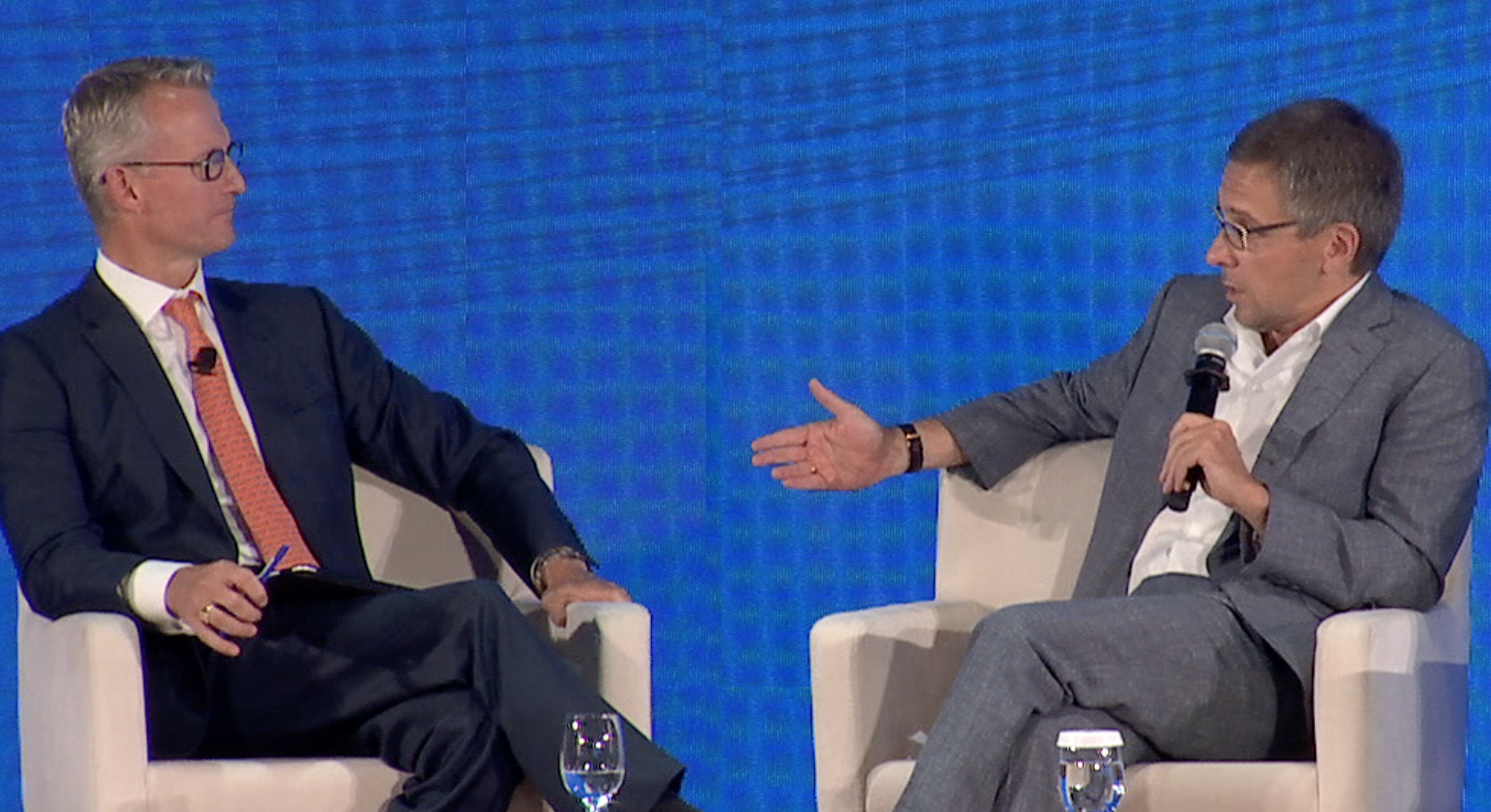INSIGHT
Will COVID be a ‘goldilocks’ crisis?

The world will look different coming out of the COVID crisis than it was coming in as the pandemic speeds up the pace of reform, Eurasia Group & GZERO Media President & Founder Ian Bremmer says. The hope is it will be a “goldilocks crisis”, he says – big enough to force a reassessment of what is required by leaders, but not big enough to hamper a recovery.
“You do feel the beginnings of some of that, both domestically and internationally,” he said.
Speaking as part of the ‘Asia’s Economy: taking centre stage’ virtual event hosted by ANZ, Bremmer said the world’s recovery from the coronavirus is unlikely to herald a great new geopolitical or economic order. Instead, it will simply accentuate the rapid change which was already underway in the space - and markets will need to adjust accordingly.
“What coronavirus is doing is not creating a new world order but accelerating the trends we were already seeing, both domestically inside our societies, but also internationally and geopolitically,” Bremmer told attendees of the virtual conference.
He said the crisis caused by the pandemic would accentuate the impact of things like inequality and resulting unrest, as well as increasing technological disruption and the impact that would have on global employment.
“That displacement is going to speed up dramatically,” Bremmer said, noting the nature of his presentation was evidence of this. “I’m not getting on a plane to fly out to see you but we’re still doing the event.”
Asia in the middle
The Asia’s economy virtual event follows the release of a new report from ANZ and Eurasia Group, also titled Asia’s economy: taking centre stage.
The report suggests as the global economy emerges from the COVID-19 pandemic, the recovery is likely to accelerate an existing trend which will place Asia firmly at the centre of the world’s economic order. For business, the implications are huge.
Written by Yetsenga and Bremmer, Asia’s economy: taking centre stage is the first of three planned reports on the impact of the COVID-19 crisis and recovery as it unfurls in a G-Zero world. The other reports, due in the near future, will touch on the geopolitical and currency impacts of this paradigm shift.
The first report also touches on the changing nature of liquidity through the crisis and how monetary and domestic policy will shift around the world as a result of the recovery. Click here to read or download the report.
Quick
Bremmer said this change would inevitably impact markets.
“You’re seeing a dramatic acceleration of five to ten years in roughly 18 months of time,” he said. “That’s going to create a lot of market volatility and make it harder for the global economy.”
Bremmer said the currently accepted idea of globalisation was under threat from the post-COVID world.
“Globalisation will unwind to a degree as a consequence of this massive global contraction,” he said. “[But] for all of these issues… none of those are new, they were all happening before coronavirus.”
Shane White is content manager at ANZ Institutional
This publication is published by Australia and New Zealand Banking Group Limited ABN 11 005 357 522 (“ANZBGL”) in Australia. This publication is intended as thought-leadership material. It is not published with the intention of providing any direct or indirect recommendations relating to any financial product, asset class or trading strategy. The information in this publication is not intended to influence any person to make a decision in relation to a financial product or class of financial products. It is general in nature and does not take account of the circumstances of any individual or class of individuals. Nothing in this publication constitutes a recommendation, solicitation or offer by ANZBGL or its branches or subsidiaries (collectively “ANZ”) to you to acquire a product or service, or an offer by ANZ to provide you with other products or services. All information contained in this publication is based on information available at the time of publication. While this publication has been prepared in good faith, no representation, warranty, assurance or undertaking is or will be made, and no responsibility or liability is or will be accepted by ANZ in relation to the accuracy or completeness of this publication or the use of information contained in this publication. ANZ does not provide any financial, investment, legal or taxation advice in connection with this publication.




